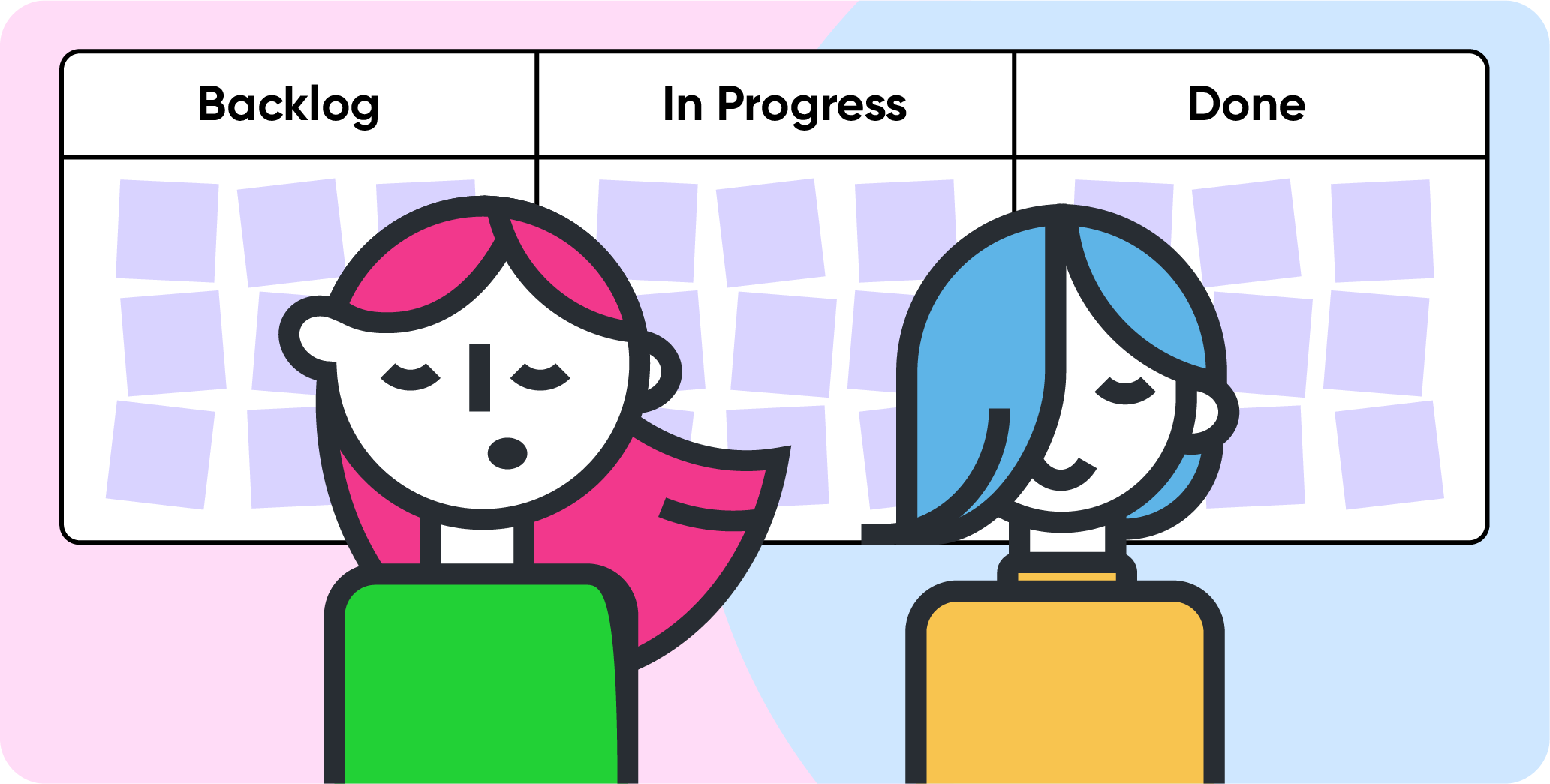We continue our series of fresh Agile articles. This time we’ll be talking about Kanban, another Agile methodology which helps streamline work processes and ensures high quality performance of the teams. From Japan (where actually Kanban first saw the light of the day), with love.
written by:
Veronika Chizh
We continue our series of fresh Agile articles. This time we’ll be talking about Kanban, another Agile methodology which helps streamline work processes and ensures high quality performance of the teams. From Japan (where actually Kanban first saw the light of the day), with love.
You may have expected us to go straight to the point without any introduction… No way, Jose! Read this yummy piece of history for a starter, and then take infographics as the main course.
Why Agile?
In the 1990s, software development industry faced its first crisis. The root cause of the depression was in the time gap between the point at which a business needed a software product and the actual delivery point, also known as the application delivery lag. According to the industry experts, an estimated delivery period for an application was about three years in the 90s. To think of such timelines now, when applications are released within weeks!
Surely, even at that time a three-year idling wasn’t a very good business idea. In three years, technologies change dramatically, to say nothing of companies that can at all disappear from the business horizon. That is why at that crisis phase, projects could be cancelled halfway or ended up completely irrelevant for the current business needs of a company, even if delivered in strict conformity with the design specifications.
If three years don’t really seem like ages to you, in aerospace and defense implementation of a complex system could take even two decades. In certain industries, the lag was far greater than three years. Exactly because of this Space Shuttle program which was officially launched in 1982, utilized data and technologies from the far 1960s.
In our time, Agile allows developing, testing and commissioning an app virtually in weeks, with releases often occurring daily and even hourly. How we made it possible? Surely, technologies evolved dramatically, so did people and processes.
According to the Agile approach, the entire workflow is not monolithic. Rather, it is cut up into small chunks to achieve maximum transparency, and thus, with the total control over Work In Progress (WIP), one can manage tasks faster and more effectively.
By the way, if we talk about managing the WIP, there’s nothing that better suits this purpose as Kanban.
The 2 rest of the four major Agile methodologies will be highlighted in the upcoming article from the Agile series.
Can’t wait to get more? Contact our Support team or visit our website to find out about our Agile projects and how you can benefit from our expertise.

Contacts
Feel free to get in touch with us! Use this contact form for an ASAP response.
Call us at +44 781 135 1374
E-mail us at request@qulix.com








